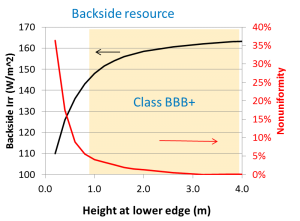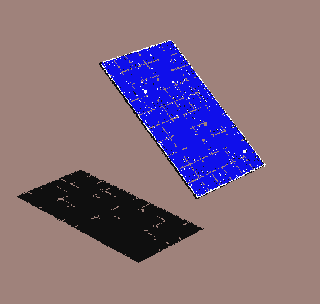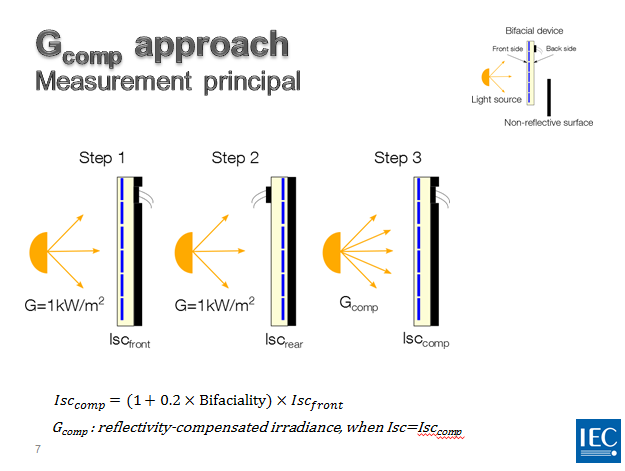A standard module rating condition for bifacial PV modules would be a boon to the PV community as it would provide a common, accepted basis for measurement and nameplate rating of bifacial PV products. In particular, conditions that also harmonize with existing PV module rating standards are desired.
Through simulation and experiment, we are investigating back-side irradiance conditions that are appropriate for the power rating of bifacial modules. We are also field testing proposed procedures that are intended to allow 1-sun rating of bifacial modules using indoor flash-test equipment. These results are communicated to the international community through involvement in the IEC standards development process, New Work Item technical specification 60904-1-2.
A review draft of this standard is available here for download ( IEC 60904 Part 1-2: Measurement of current-voltage characteristics of bifacial photovoltaic (PV) devices (Draft A) (4761 downloads ) ) . Note that this is not a final version.


The above figure shows a RADIANCE simulation consistent with existing IEC 60904-3 deployment conditions. Class B irradiance resource corresponds with a 5% irradiance nonuniformity over the module test plane. This is modeled by a single module deployed over a 0.21 albedo surface at a height of 1m or greater. The backside irradiance resource under these conditions is 145-165 W/m2.
The proposed measurement standard allows a bifacial power measurement to be taken through a series of single-sided flash test measurements. This is termed the Gcomp approach, and the accuracy of this method is being tested at NREL and Sandia through comparison between indoor sequential and outdoor simultaneous power measurements.

This part of the project is being led by Chris Deline from the National Renewable Energy Laboratory.